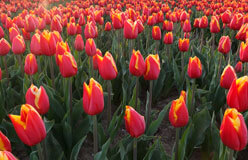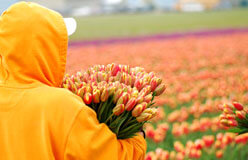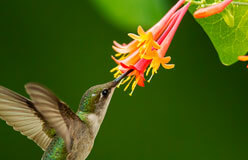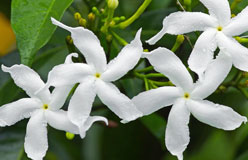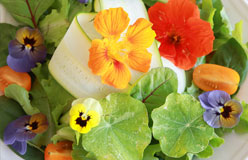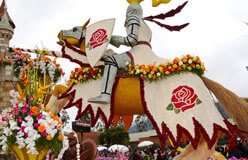You see a luscious flower standing in a sunny garden, so you lean over, shut your eyes, and inhale deeply through your nose. “Ah,” you think, smiling expectantly, “what a beautiful, rich fragrance of—nothing! This flower has no smell at all!”
Not every flower goes to the trouble of making scents. In fact, only about one of every 250 known species does. Flowers only create odors to attract animal pollinators (does that sound familiar?). Flowers that get pollinated by the wind have no fragrance, because they don’t need one. The same is true for flowers that use tricks, traps, and devices other than scent to attract animals.
Flowers that do have fragrances typically attract a certain animal. For example, sweet scents (lilac, lavender) attract bees and butterflies. These insects like to eat sweet nectar.
Flower scents also attract another animal group—humans. We put flowery scents in soaps, shampoos, perfumes, and even household cleaners.
